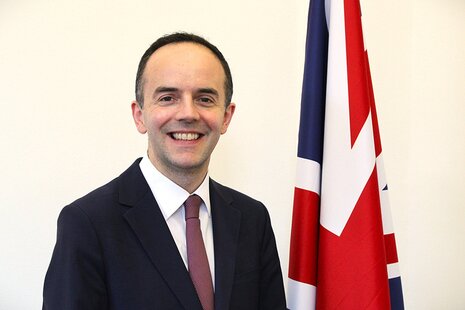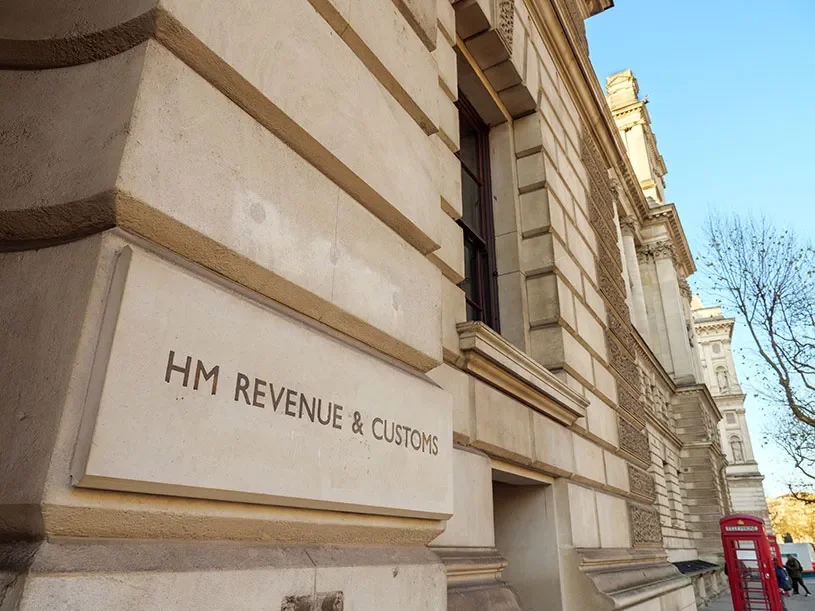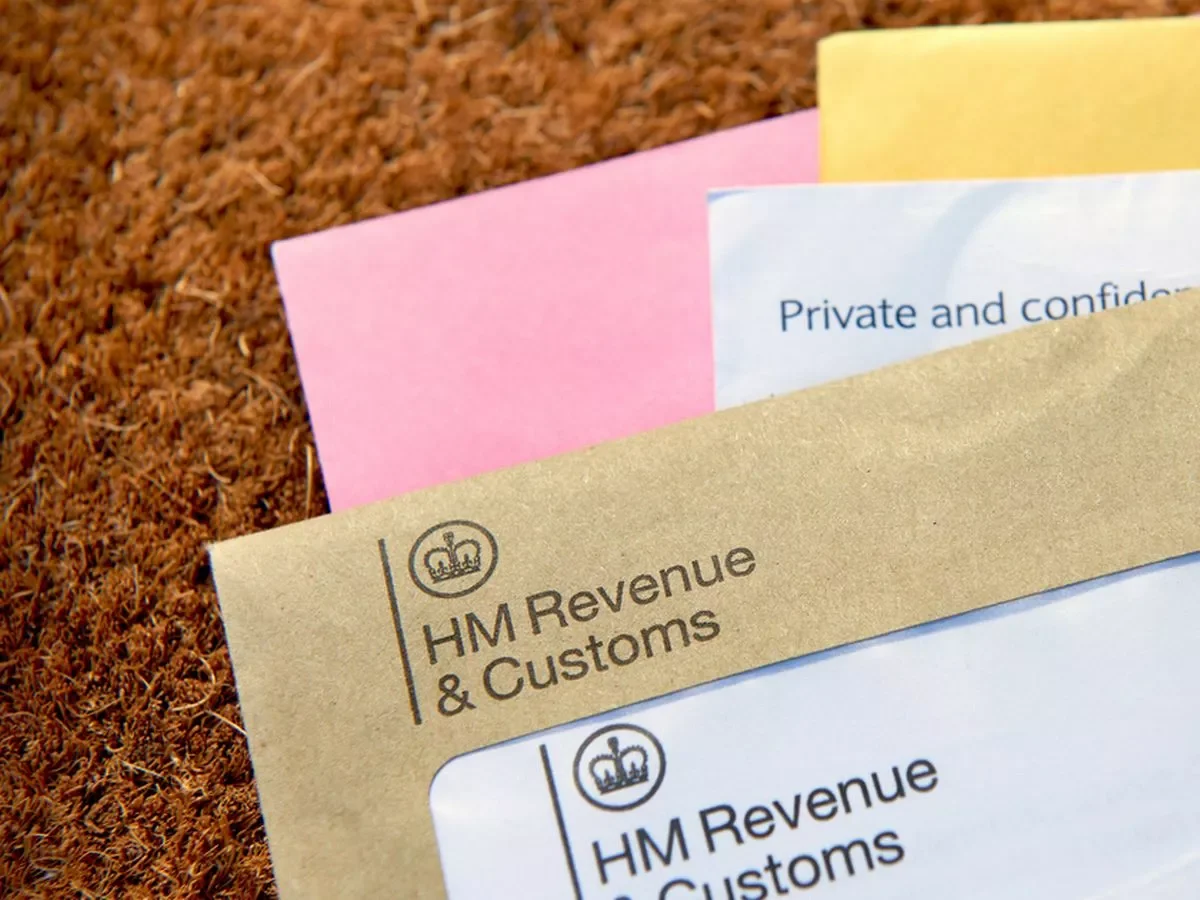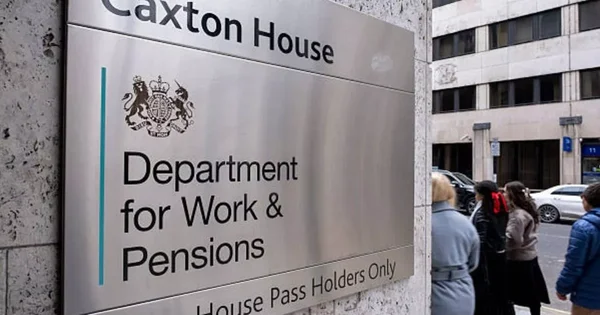Lifestyle "inconsistencies" at the heart of crackdown
As artificial intelligence continues to reshape how we live and work, HMRC is reportedly stepping up its fight against fraudsters by scanning social media accounts for tell-tale signs that someone’s lifestyle doesn’t match their declared income.
Accountant Rachel Harris revealed on TikTok that HMRC now uses AI to search across platforms such as Instagram, TikTok, and Facebook for "lifestyle inconsistencies." These are moments where someone’s posts about luxury holidays, flashy cars, or designer shopping don’t align with what their tax returns suggest they can afford.
HMRC confirmed the technology will only be used in criminal investigations and stressed that AI does not replace human judgement. Instead, AI flags suspicious behaviour, and human investigators decide whether further action is needed.
How the AI system works
Rachel Harris explained: “This is where your posts don’t match the income you’ve declared. HMRC has said openly it’s using the tool to scan for things like luxury holidays, new cars, or property when affordability doesn’t add up.”
The system cross-references public social media posts with data from tax returns, banks, and employers. AI acts as the first filter, identifying red flags, before HMRC staff step in to assess if a case merits investigation. HMRC’s new AI technology scans social media posts for lifestyle 'inconsistencies' that might indicate undeclared income or tax fraud. For anyone curious about how tax compliance works and what honest taxpayers need to know, check out our friendly guide on how to keep your tax records straight and avoid HMRC trouble
An HMRC spokesperson confirmed last month: “Use of AI for social media monitoring is restricted to criminal investigations and subject to legal oversight. AI supports our processes but does not replace human decision-making.”
Public reaction: scepticism and concern
The announcement has sparked debate online. One TikTok user commented: “Do they not know that people try and present themselves in the wealthiest light on socials?”
Another pointed out that appearances can be misleading: “People always portray their life better than reality. You could see someone posing next to a car they don’t own.”
While some view this as a sensible crackdown on fraud, others worry about the accuracy and fairness of AI monitoring in an era of online exaggeration. We get it social media can be all smoke and mirrors, which is why AI isn’t the final judge. To learn more about how HMRC handles tax investigations fairly, see our helpful article on avoiding penalties and understanding tax evasion rules
The bigger digital transformation at HMRC
This development is part of HMRC’s wider digital overhaul. In July 2025, the government launched a modernised tax and customs platform aimed at 35 million PAYE taxpayers.
The new system includes 50+ initiatives designed to save £50 million by cutting postal communications and introducing AI-driven support tools. By 2030, HMRC expects 90% of customer interactions to be digital.
James Murray MP, Exchequer Secretary to the Treasury, said: “We are going further and faster to make HMRC fit for the 21st century, including delivering a simpler and easier system for all PAYE workers.”

Why this matters for taxpayers
The rise of AI in tax compliance is more than just a crackdown on fraud it signals a shift in how the UK tax system will operate in the coming decade.
For honest taxpayers, the new digital tools should mean clearer guidance, quicker support, and less administrative hassle. But for those tempted to blur the truth, the message is clear: HMRC is watching more closely than ever before. For anyone wanting to understand how to report suspected tax fraud safely or learn more about HMRC’s fraud prevention efforts, HMRC provides clear guidance on how to report tax fraud securely
Privacy Concerns and Online Oversharing
Critics of the move argue that while AI can be an effective fraud-detection tool, it risks straying into issues of privacy and personal freedom. With much of social media built on exaggeration and performance, there is concern that innocent individuals could find themselves under unnecessary scrutiny. Digital rights groups have already warned that increased surveillance of online behaviour may need tighter safeguards to prevent overreach.
Supporters See an Essential Step Against Fraud
On the other hand, supporters of the initiative say it’s a necessary evolution in tax enforcement, particularly as fraud grows more sophisticated. By using technology to flag suspicious cases early, HMRC can allocate resources more effectively, ensuring investigators spend less time on paperwork and more time tackling genuine fraud. With billions lost to tax evasion each year, proponents see AI as an important step towards protecting public funds for schools, hospitals, and other essential services.

Balancing Innovation with Public Trust
Ultimately, this development underscores the growing tension between innovation and oversight. While AI promises efficiency and precision, it also raises questions about fairness and trust in the tax system. For taxpayers, the best defence remains simple: honest reporting and keeping financial records in order.
Final Summary
The use of AI by HMRC to monitor social media for "lifestyle inconsistencies" is a striking example of how new technologies are reshaping financial oversight. While critics warn about the risks of over-reliance on appearances in a world of curated online personas, HMRC insists robust safeguards are in place.
This initiative sits within a much larger digital transformation, aiming to streamline tax administration and improve customer service for millions of taxpayers. By 2030, almost all HMRC interactions will be online and AI will be at the heart of both compliance and customer support. For everyday taxpayers, the key takeaway is simple: keep records honest, and enjoy peace of mind knowing you’re playing by the rules.









